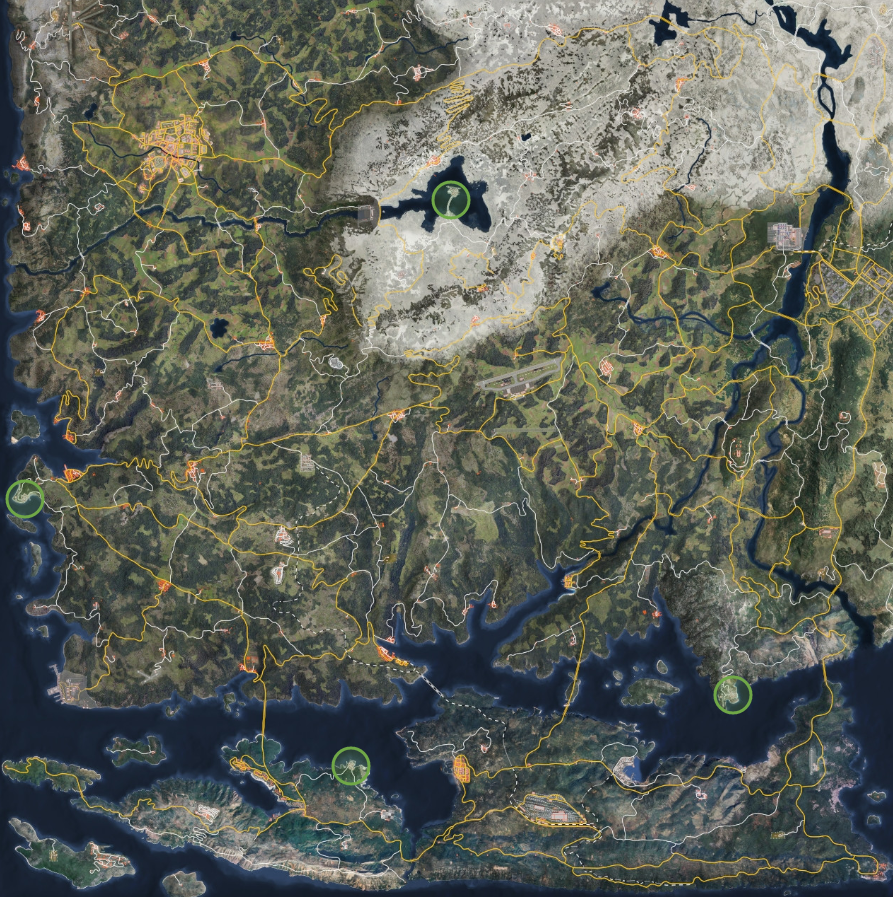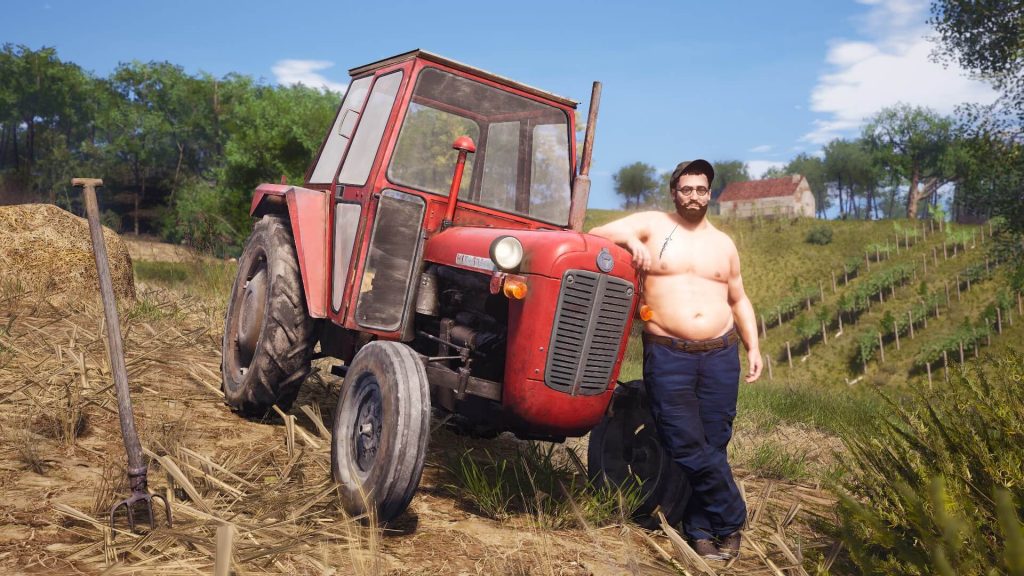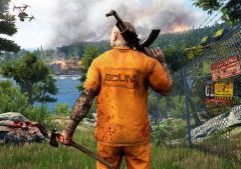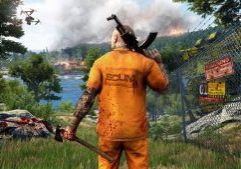Exploring the Depths and Heights: A Journey Through SCUM’s Map and Building Mechanics
Introduction
In the realm of survival games, SCUM stands out with its intricately designed world and sophisticated building mechanics. This game offers an expansive map filled with diverse landscapes, challenges, and opportunities, making exploration a core aspect of the survival experience. Coupled with an elaborate building system, SCUM provides players with an immersive environment to navigate and manipulate. This article delves deep into the facets of exploring SCUM’s vast map and the intricacies of building within this dynamic world.

The Vastness of SCUM’s Map
SCUM’s map is a blend of natural and man-made environments, each offering unique challenges and resources. From dense forests to sprawling urban areas, the game’s world is a canvas for exploration.
Diverse Landscapes
The game features a variety of landscapes, including forests, hills, beaches, and abandoned towns. Each area presents different survival challenges, resources, and strategic advantages. Forests are rich in natural resources but may harbor hidden dangers, while urban areas offer valuable loot but are often more perilous due to higher player activity and zombie presence.
Points of Interest
SCUM’s map is dotted with numerous points of interest, such as military bases, prisons, and hidden bunkers. These locations often contain valuable loot but are guarded by high-level AI enemies or popular among players, making them high-risk, high-reward areas.
The Importance of Navigation
Successful navigation is key in SCUM. Players must learn to use the in-game map, landmarks, and even celestial navigation to find their way. The game does not offer a traditional GPS system, encouraging players to develop real-world navigation skills.
Also see the article: “Exploring the Vast and Unforgiving World of SCUM: Travel and Survival“

Building in SCUM
Building in SCUM goes beyond mere shelter construction. It involves creating bases, crafting traps, and even modifying existing structures for better defense and utility.
Base Building
Base building is a critical aspect of SCUM. Players can construct their bases from scratch using resources gathered from the environment. These bases serve as safe havens, storage points, and strategic locations for players to regroup and plan their next move.
Crafting Traps and Defenses
Building also involves crafting traps and defenses to protect against both AI and player threats. From simple snares to complex alarm systems, players can utilize their crafting skills to secure their bases effectively.
Checkout our other article on crafting: “The Art of Survival: Crafting in SCUM“
Customization and Expansion
As players progress, they can expand and customize their bases. This includes building additional rooms, fortifications, and even aesthetic modifications to create a more personalized space.
Survival and Strategy
Exploring the map and building in SCUM is not just about physical survival but also involves strategic planning and decision-making.
Resource Management
While exploring, players must manage their resources, balancing the need to gather supplies with the risk of venturing into dangerous territories. Similarly, building requires resource allocation, forcing players to prioritize certain constructions over others based on their immediate survival needs.
Player Interaction
The game’s vast map and building mechanics also facilitate interesting player interactions. Players can choose to collaborate, forming alliances to build fortified compounds, or engage in territorial conflicts, raiding and defending bases.
Environmental Challenges
The map’s diverse environments come with unique challenges. Weather conditions, wildlife, and the day-night cycle all affect exploration and building. For example, constructing a shelter in a snowy area requires different resources and considerations than in a forested region.
The Role of Exploration and Building in the Overall Experience
Exploration and building in SCUM are not isolated mechanics but integral parts of the game’s overall experience. They contribute to the game’s realism, offering a survival experience that is as mentally engaging as it is physically challenging.
Immersion and Realism
The detailed map and building mechanics contribute significantly to the game’s immersive experience. The need to navigate complex landscapes and construct shelters from scratch adds a level of realism and depth not often seen in other games in the genre.
Player Freedom and Creativity
SCUM offers players a high degree of freedom and creativity. The choices made in exploring and building directly impact the player’s survival and experience, encouraging unique playstyles and strategies.
Conclusion
In SCUM, exploring the vast map and engaging in the intricate building mechanics are more than just survival tactics; they are central elements that define the game’s identity. The detailed landscapes demand strategic navigation, while the building mechanics offer a depth of gameplay that encourages creativity and foresight. Together, these elements create a rich, immersive survival experience that challenges players to think, plan, and adapt. SCUM’s world is not just a backdrop for survival; it is an active participant in the player’s journey, offering endless possibilities for exploration, construction, and ultimately, survival.
Now jump into the world of SCUM now, with your very own “SCUM Server Hosting“.




